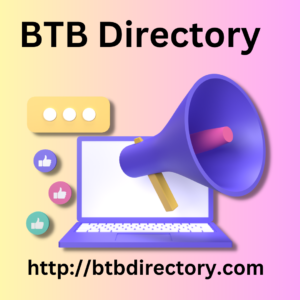|
|
Post by account_disabled on Mar 14, 2024 3:58:13 GMT
The advantage is that the Internet user does not need to click on one or more results to obtain the desired information it is displayed in front of his eyes, in full (or almost). In other words, Google's Knowledge Graph provides immediate answers. The development of this functionality is thus part of the evolution desired by the search engine to gradually become a “response engine”, by better understanding search intentions and improving the quality of the user experience. Information and connections For this, Google can count on a very rich knowledge base. The Knowledge Graph had more than . billion facts and more thanmillion entities when it launched in . By , these numbers BTB Directory had increased tobillion facts andbillion entities (Wikipedia). [The “facts” refer to the information, and the “entities” the objects or personalities sought.] Not only does the knowledge graph understand what each entity represents and how to relate it to corresponding facts, but it also captures the nature of the connections that exist between those facts.  This allows it to make recommendations to Internet users, based on initial research. An example below with a Knowledge Graph showing the interactions between different entities related to the film Forrest Gump , taking into account the actors who star in it, the country where the plot takes place, the genre, the director, etc. These (instantaneous) connections explain why we speak not of a “database”, but rather of a “knowledge base” when referring to Google’s Knowledge Graph. |
|